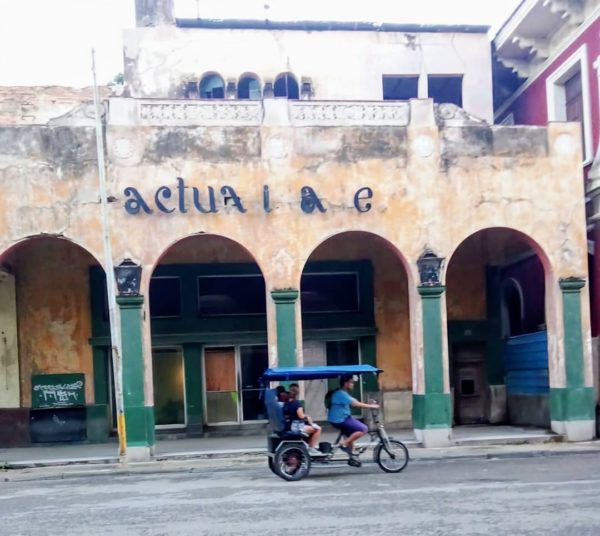The Cine Actualidades Cinema of Havana

HAVANA TIMES – The deterioration of movie theaters in Cuba is a shared sorrow for all of us born on this island. In the City of Havana, my city, the sadness overtakes you when you least expect it, and a day out can transform into a reunion with history and indifference.
Walking down Monserrate Street and finding Cine Actualidades with its windows boarded up, sunken into total abandonment, speaks for itself.
Documented as the first cinema in Cuba, it opened its doors in 1906. Since then, its influence on the country’s cultural life did not wane. After its opening, a wave of cinemas flooded the capital.
In the halls of this emblematic site, Cabrera Infante, winner of the Cervantes Prize for Literature, discovered the magic of cinema. A fascination that led him to recreate it in his chronicles and in various magazines and newspapers of the 1950s. He would later recount its influence in his famous novels Tres tristes tigres and La Habana para un infante difunto.
Revered by the common people of Havana’s barrios, inspiring, captivating, a catalyst for spiritual awakening, the cinema became a place of enjoyment for families and friends. A spot for romantic overtures and stolen kisses, where many couples found love, it carved its place in the memory of the city.
In December of 1979, a new era began for Cine Actualidades. The start of the New Latin American Cinema Festival turned it into one of its main venues. From that point on, its halls were filled with a cinema-loving youth, a role it fulfilled with dignity and the respect of all cinephiles until after the 1990s.
By that time, the deterioration of its furniture, along with bedbug infestations, lack of water in its sanitary facilities, and collapsing ceilings led to its closure. A closure that, from that early date, reveals the neglect, mismanagement, and lack of knowledge of the city’s cultural authorities. Despite being included in one of the reconstruction projects of the City Historian’s Office, it lies in eternal slumber, waiting for the Midas touch.





